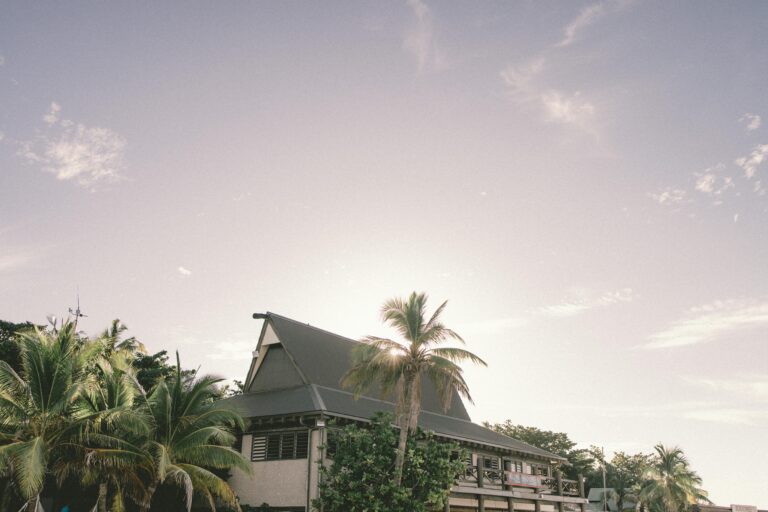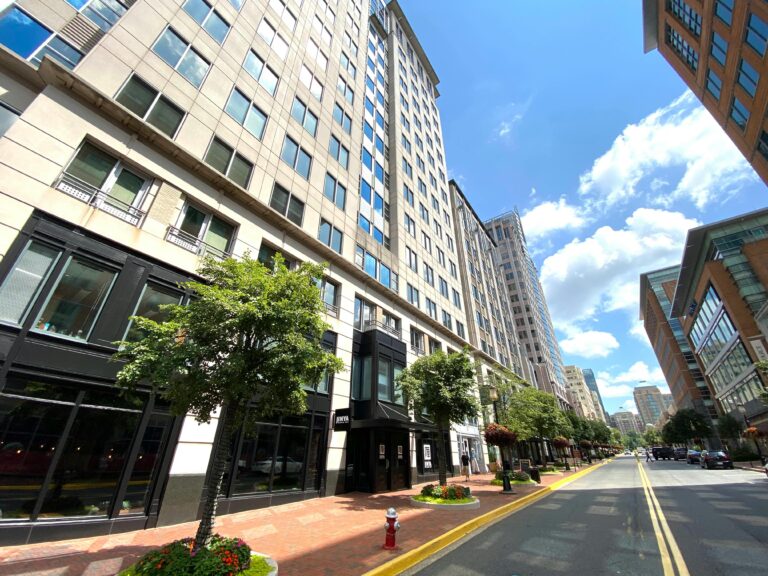Will Insurance Cover a 30-Year-Old Roof?
Learn whether insurance covers a 30-year-old roof, the conditions for coverage, and how insurers assess the age and condition of your roof for claims.
As homes age, one of the most critical parts that deteriorates is the roof. When your roof reaches 30 years, you may wonder whether your homeowners insurance will continue to offer coverage. Roofs are a significant investment, and whether you’re replacing or maintaining an older roof, knowing your insurance policy is vital.
This article delves into how insurance companies typically treat older roofs, particularly those 30 years or older, and provides insights into maintaining coverage. We will also explore the factors that affect roof coverage and what you can do to ensure your home is adequately insured, even with an ageing roof.
Will Insurance Cover a 30-Year-Old Roof?
Homeowners insurance policies differ, but most follow a general principle when covering roofs. For a roof that is 30 years old, getting full coverage is often challenging. Many insurance companies have specific limits on roof coverage, especially for roofs that are over 20 or 25 years old. A 30-year-old roof often exceeds the typical lifespan of many roof types, including asphalt shingles, which have a lifespan of around 20-30 years.
When a roof is that old, insurance companies usually take one of two approaches:
- Limited Coverage for Actual Cash Value (ACV): Instead of covering the full replacement cost, the insurer may only offer coverage for the actual cash value of the roof, meaning they will consider depreciation. If your 30-year-old roof gets damaged, the payout would only cover the current value of the roof, significantly reduced due to age.
- Denial of Coverage: Some insurers may completely exclude coverage for roofs over a certain age. If your roof has not been maintained or inspected regularly, it might be deemed too risky, and the insurance company may either deny a roof-related claim or refuse to renew the policy altogether.
In summary, while you might still have some form of coverage for your 30-year-old roof, it’s likely to be limited and based on the depreciated value, not replacement cost. Many insurers encourage homeowners to replace their roof once it reaches a certain age, typically between 15-25 years.
Factors Affecting Insurance Coverage on Old Roofs
- Roof Condition: The most crucial factor is the condition of your roof. A well-maintained roof with no visible signs of damage (e.g., missing shingles, leaks, mold) may still be eligible for some coverage even if it is 30 years old. Regular maintenance and inspections can help prolong your roof’s life and keep it insurable.
- Roofing Material: Different roofing materials have different life expectancies. For example:
- Asphalt shingles typically last 20-30 years.
- Wood shingles can last around 30-40 years.
- Metal roofs have a lifespan of 40-70 years.
Insurance companies consider these factors when determining whether to provide coverage.
- Region and Climate: If you live in an area prone to severe weather (hurricanes, heavy snowfall, or hail), your insurer may require stricter standards for roof coverage. They might inspect your roof more frequently or set more stringent age limits.
- Inspection Reports: Many insurers require a professional roof inspection, especially for roofs over 20 years old. This inspection helps them assess the roof’s condition and whether it is still structurally sound enough for coverage.
- Local Building Codes: Building codes in your area might also affect insurance coverage. For instance, some areas have mandatory roof inspections or specific materials that need to be used, which insurers will take into account.
Maintaining Insurance Coverage for Older Roofs
If your roof is nearing 30 years or has already crossed that threshold, there are a few steps you can take to ensure your home remains adequately insured:
- Get Regular Roof Inspections: Scheduling annual roof inspections is essential to identify any issues early on. Many insurance companies require proof of recent inspections to continue coverage for an older roof. Make sure to keep records of all inspections and repairs.
- Make Necessary Repairs: If the inspection reveals any problems, such as missing shingles, leaks, or damage, address them promptly. Documenting these repairs can demonstrate to your insurer that your roof is well-maintained, increasing the likelihood of continued coverage.
- Consider Roof Replacement: If your roof is severely aged or showing signs of significant wear and tear, replacing it might be the best option. Not only will this keep your home safe, but many insurers offer discounts or improved coverage for newer roofs.
- Shop Around for Insurance: Some insurance companies are more lenient than others when it comes to covering older roofs. If your current insurer refuses to cover your 30-year-old roof, it might be worth getting quotes from other providers.
Home Insurance and Roof Coverage Table
| Roof Age | Coverage Type | Comments |
| Less than 15 years | Full replacement cost coverage | Most insurers provide full replacement coverage. |
| 15-20 years | May offer partial or full coverage | Depends on the insurer and condition of the roof. |
| 20-30 years | Actual cash value (depreciated) coverage | Full replacement is rarely offered. |
| 30 years and above | Limited coverage | Roof is considered past its useful lifespan by insurers. |
Conclusion
A 30-year-old roof presents significant challenges when it comes to homeowners insurance coverage. While some insurers may offer limited coverage based on the actual cash value of the roof, others may refuse coverage entirely. Regular maintenance, timely repairs, and proactive roof replacement can ensure that your home remains insurable. Homeowners should stay informed about their insurer’s policies regarding roof age and condition to avoid unexpected surprises when filing a claim.
FAQs
Can I get insurance coverage for a roof older than 30 years? It’s possible to get limited coverage, but most insurers will offer only actual cash value coverage, which accounts for depreciation.
What happens if my roof is damaged and it’s over 30 years old? If your roof is damaged and over 30 years old, your insurer will likely cover only the depreciated value of the roof. Full replacement costs are rarely offered.
How can I ensure my old roof is still covered by insurance? Regular inspections, prompt repairs, and considering roof replacement before significant damage occurs can help maintain coverage for an aging roof.





